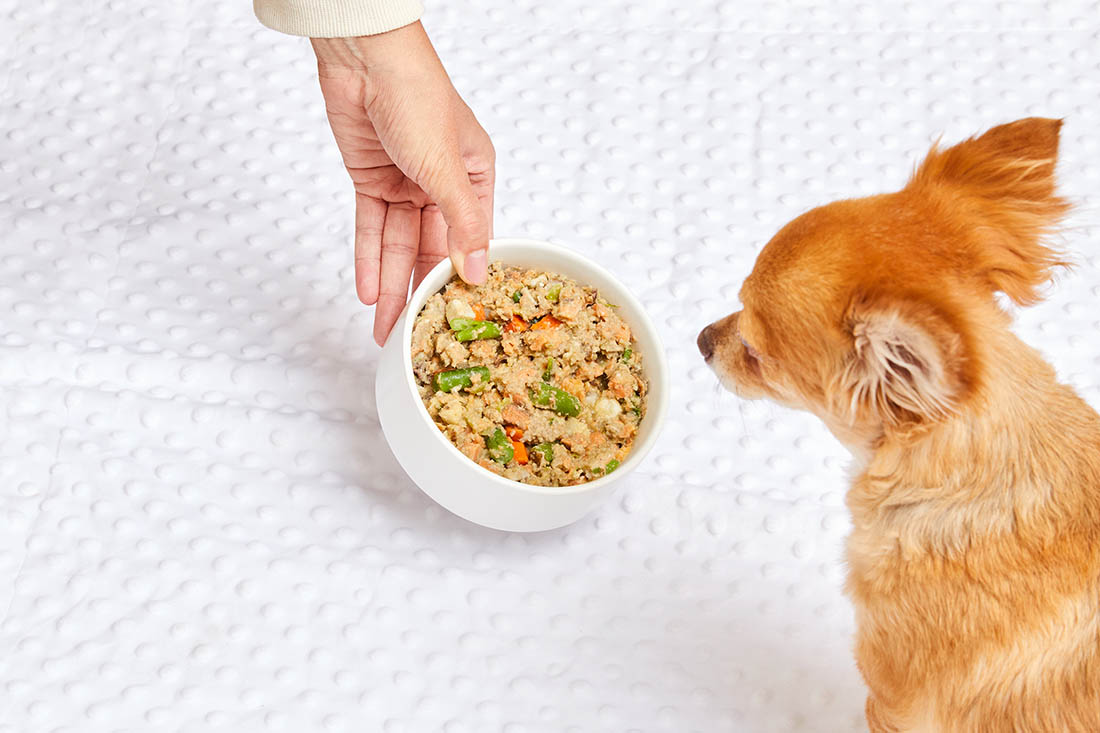Can Dogs Taste Food?
It's not what goes in their mouths, but what scents their noses pick up, that has the most influence over a dog's taste buds.
When it comes to mealtime, our furry friends can seem ravenous. Sometimes they inhale food so quickly that it’s hard to believe they can actually taste it. But can dogs taste food? And if they can, how do their taste buds compare to ours?
The short answer is yes, your pooch does have the ability to taste food, but his experience of taste is quite different from that of humans. That makes sense because dogs rely more on their sense of smell to explore the world around them. Still, understanding how dogs taste food is important in making informed choices about what to feed them.
Your dog’s palate might not be as refined as yours, but he still appreciates high-quality food made from fresh ingredients.
Let’s take a deeper dive into just what those dog taste buds can do and what that means with regard to what you should feed your best friend.
Do Dogs Have Fewer Taste Buds Than Humans?
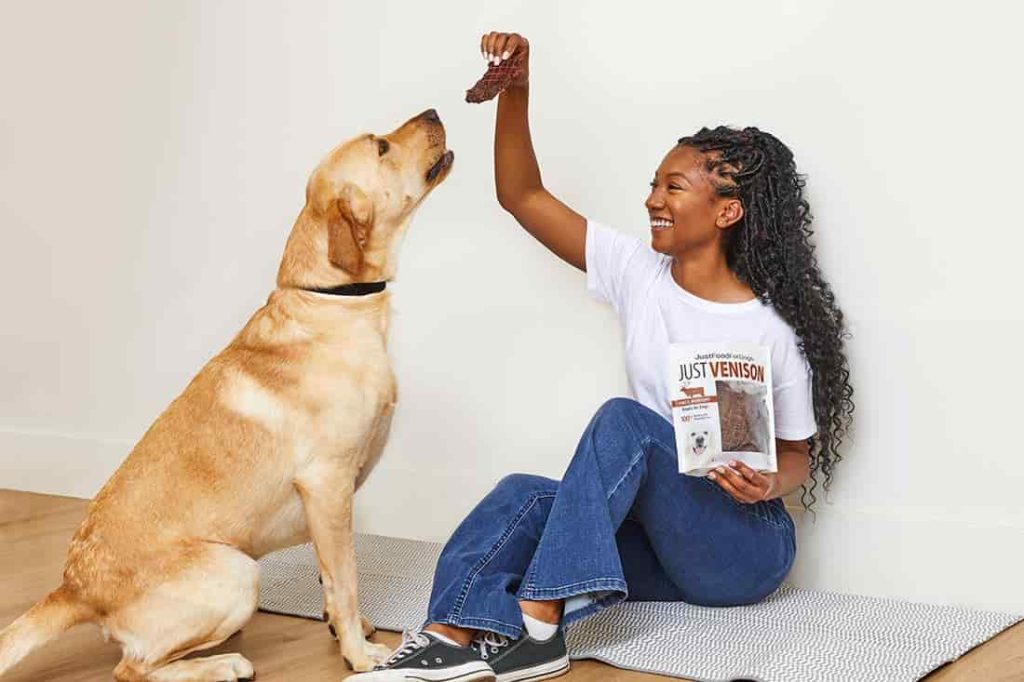
Like humans, dogs have taste buds on their tongues, most of which are located at the front of the tongue. Taste buds come from papillae, which are small, raised structures on the surface of the tongue.
There are different types of papillae containing the taste receptors for multiple flavors. Additionally, the papillae help your dog to not only taste but sense the texture and temperature of the food.
These structures are very similar in humans; however, a dog’s sense of taste is not as refined as ours. They have a smaller number of taste buds than we do. Humans have approximately 9,000 taste buds, while a dog’s tongue has around 1,700.
This means that while dogs can certainly taste their food, they experience it in a simpler way than we do. For example, dogs are less able to distinguish between different flavors. That is, types of flavors like sweet, salty, sour, and bitter tastes.
While dogs don’t have as many taste buds, they still possess the ability to detect certain flavors. The most notable is their sensitivity to meat. Though dogs are omnivores, their carnivorous ancestry means that dogs have evolved to seek out protein-rich foods.
In fact, the taste receptors on their tongues are more attuned to meat than any other flavor. This explains why most dogs go wild for meat-based meals. Picky dogs especially will go for potent flavored meats like venison.
Can Dogs Taste Sweetness?
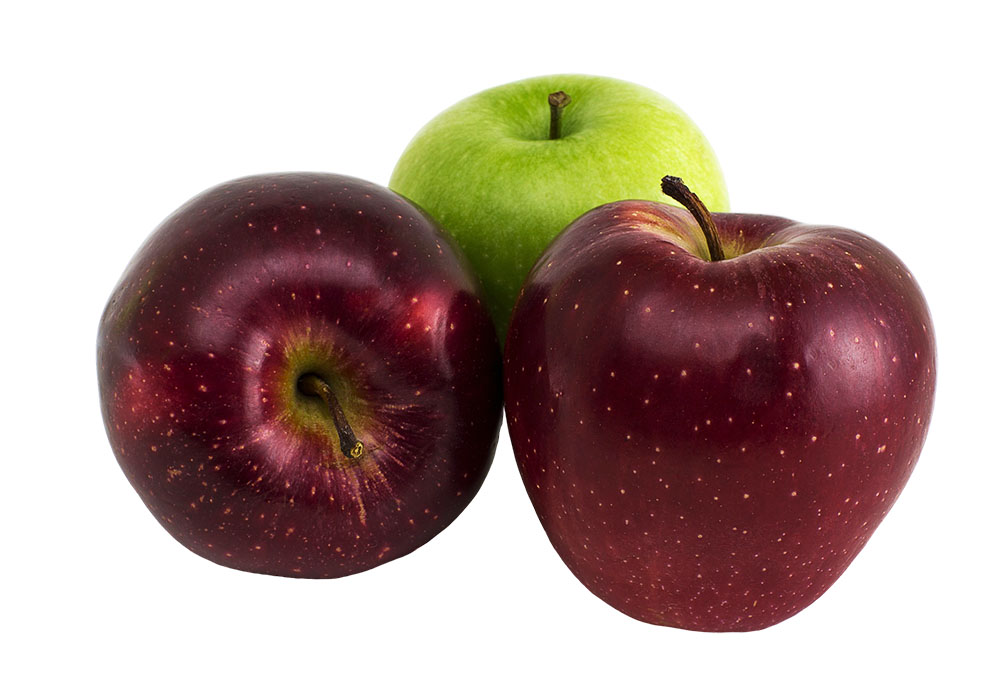
Interestingly, dogs can taste sweetness, but their sensitivity to sweet flavors is far lower than ours. This is surprising for pet owners who notice their dogs show interest in fruits or vegetables, which contain natural sugars.
While dogs don’t crave sugar the way humans do, they enjoy naturally sweet foods like apples, carrots, and sweet potatoes. However, feeding dogs sugary foods, especially processed ones, can have negative effects on their health.
That’s why it’s important to choose dog food that incorporates natural, nutrient-rich ingredients rather than processed sugars or artificial additives. A diet that includes wholesome ingredients such as blueberries, carrots, and apples provides natural sweetness without the downsides of unhealthy sugar content.
Can Dogs Taste Salt?

Dogs have a limited ability to taste salty foods. Since meat contains naturally occurring sodium, dogs have not evolved to crave salt in the same way humans do. However, research shows that dog taste responses to sugars, amino acids, and umami substances are enhanced by the addition of sodium chloride (salt), just as with humans.
In the wild, dogs get plenty of sodium from their prey, so they don’t need extra salt in their diet. However, overly salty foods can actually be harmful to dogs, leading to dehydration and other health issues.
Many commercial dog foods use artificial flavorings and excess sodium to make them more palatable. However, these additives can have detrimental effects on your dog’s health over time.
This is one reason why fresh dog food is a healthier choice. Fresh dog food incorporates human-grade ingredients without unnecessary additives. This allows dogs to enjoy the natural flavors of their food while staying healthy.
Can Dogs Taste Spicy Foods?
Dogs have a limited ability to taste spicy foods. Their taste buds cannot detect capsaicin, the compound responsible for the heat in spicy foods. While humans experience a burning sensation from capsaicin, dogs do not have the same reaction. Dogs have fewer taste buds sensitive to spice and there are genetic differences in their capsaicin receptors.
However, spicy food can still irritate a dog’s digestive system, leading to discomfort, vomiting, or diarrhea. Although dogs may not taste the spice itself in the same way that humans do, their bodies are not equipped to handle it. As such, feeding them spicy food can result in gastrointestinal distress.
Moreover, dogs have a much stronger sense of smell than taste. They often rely more on scent than flavor to decide if they want to eat something. The aroma of spicy food could still attract them, even if the taste doesn’t register the same way it does for us.
This is why dogs may sometimes show interest in foods that are too spicy for their own good. Despite their curiosity, it’s important to avoid feeding them anything with spices, as it can cause physical discomfort and harm.
Can Dogs Taste Bitterness?
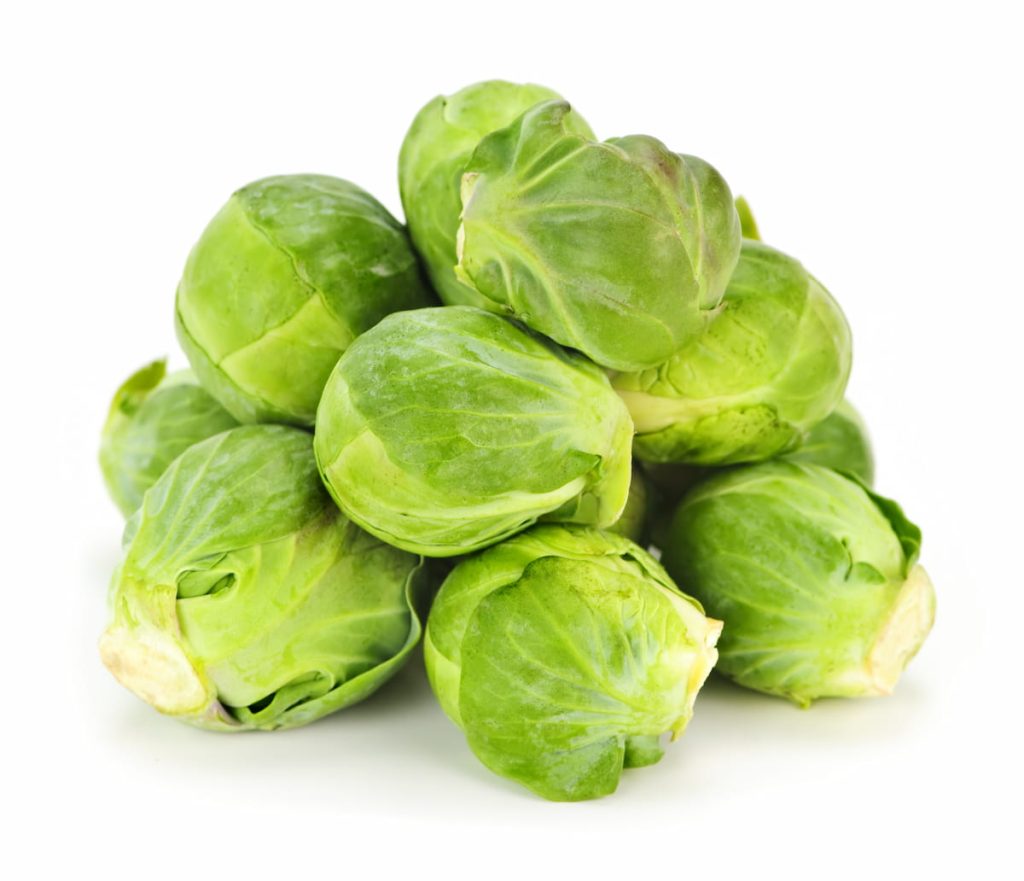
Dogs can taste bitter flavors. They have taste receptors on their tongues that are specifically sensitive to bitter taste profiles. Like humans, dogs have specialized cells that detect bitter compounds, but their sensitivity to bitterness may not be as strong.
However, dogs can still recognize bitter tastes and may have a natural aversion to them. This could have evolved as a protective mechanism to avoid consuming potentially toxic substances that often taste bitter. The bitter taste response in dogs plays a crucial role in their feeding behavior.
When dogs encounter something bitter, they might instinctively reject it, even if it is safe to eat. For example, many dogs dislike certain medications or vegetables because of their bitterness. This makes it challenging for owners to incorporate them into their diet.
Manufacturers of pet food or medication often try to mask or neutralize these bitter flavors to encourage dogs to consume the product. This reaction highlights the important role that taste, especially bitterness, plays in a dog’s overall dietary habits.
Interestingly, research suggests that not all dogs react to bitter tastes in the same way. Some dogs are more sensitive to bitter compounds than others. This is likely due to individual differences in their taste receptors or past experiences.
This variation can influence a dog’s food preferences and their reaction to different diets. Understanding a dog’s sensitivity to bitterness can help owners tailor their food choices to better suit their pet’s preferences. This ensures that they receive the nutrients they need without the struggle of masking unwanted tastes.
Can Dogs Taste Sour Foods?
Dogs can taste sour foods, as they have taste receptors that detect sourness, similar to humans. Sour taste buds are located mainly on the sides of the tongue and help dogs recognize acidic or fermented foods.
Dogs likely evolved the ability to taste sourness to detect spoiled or unripe food, both of which often have a sour taste. Since sourness links to acidity, it can also help dogs avoid foods that may upset their stomachs or be harmful if consumed in large quantities.
However, dogs’ reactions to sour foods can vary widely depending on the individual dog and the specific food. Some dogs may enjoy mildly tart foods like certain fruits, such as apples or blueberries, which offer a balance between sweetness and tartness.
Other dogs may be more sensitive to sour tastes and avoid them altogether. Their overall tolerance for sourness is generally lower than that of humans. Again, dogs rely more on their sense of smell to guide their food preferences. Strong or unfamiliar sour odors might make them hesitant to try the food.
In most cases, a dog’s ability to taste sour foods serves as a safeguard rather than a preference. While some sour fruits are perfectly safe for dogs and even offer health benefits, overly sour or acidic foods can cause digestive discomfort or aversion.
How Does a Dog’s Sense of Smell Affect His Ability to Taste?
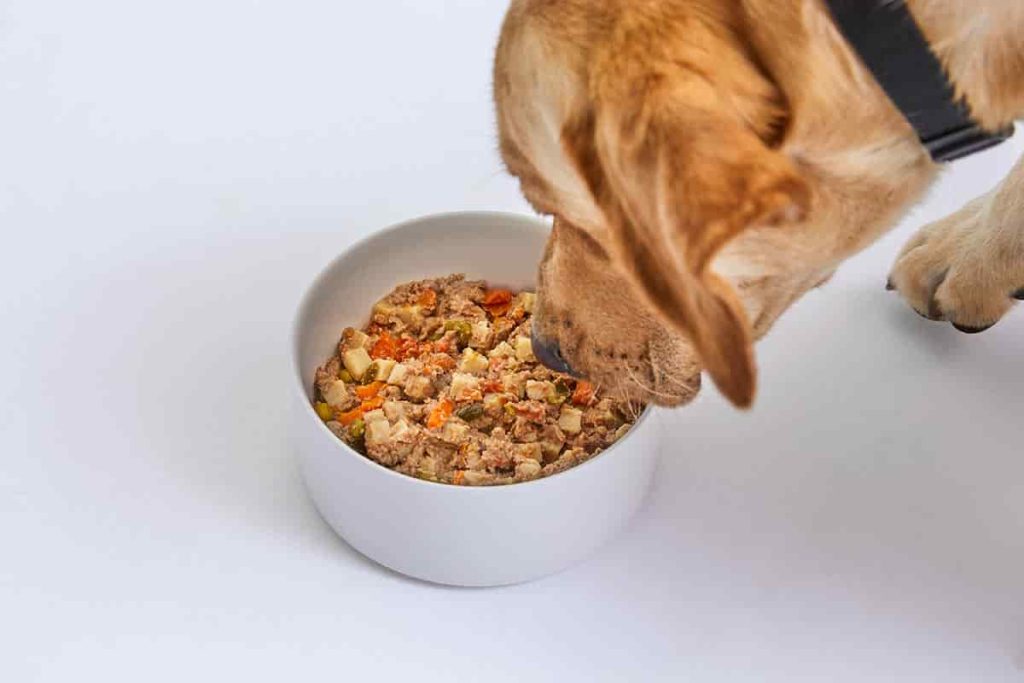
A dog’s sense of smell is one of its most powerful and finely tuned senses, far surpassing that of humans. Dogs have up to 100 million olfactory receptors in their noses, compared to only about 6 million in humans.
This exceptional ability to detect scents directly influences a dog’s sense of taste, as smell and taste are closely linked. While humans rely more heavily on taste to identify flavors, dogs use their noses to gather information about food long before they taste it.
This means the smells they detect inform a dog’s perception of flavor. This shapes their preferences and reactions to different foods. When a dog sniffs food, its brain processes a wide array of information about the food’s composition, such as whether it’s fresh, safe, or appealing.
Smell > Taste
This heightened olfactory ability helps dogs make decisions about what to eat and what to avoid. Their sense of taste, which is relatively underdeveloped compared to humans, takes a backseat to their sense of smell. If something smells appealing, a dog is more likely to eat it, regardless of its actual taste.
Dogs also use their sense of smell to evaluate food for safety. In the wild, this ability would help them avoid spoiled or toxic foods. The smell of food tells a dog a great deal about its nutritional value or potential harm.
For example, dogs are naturally drawn to foods that have a strong scent of fat or protein. This is key because they provide important nutrients. Dogs will shy away from foods that emit odors signaling decay or bitterness.
When a dog’s sense of smell is impaired—due to illness, aging, or environmental factors—it can significantly affect their appetite and interest in food. Without the olfactory stimulation that normally enhances their eating experience, a dog may become less enthusiastic about food, even if the taste remains the same.
In essence, a dog’s sense of taste is deeply intertwined with its sense of smell. For dogs, eating is an experience dominated by scent, with taste serving as a secondary mechanism to confirm what they’ve already learned through smell.
Do Dogs Have Special Taste Buds?
While your dog’s sense of taste is not as complex as yours, they do have special taste buds. Dogs’ taste buds are specialized to suit their dietary needs as omnivores with a strong preference for meat.
In addition to their taste receptors for the basic flavors, dogs have specific taste buds for the detection of water.
The majority of a dog’s taste buds are located at the tip of the tongue, particularly where it curls when they lap up water, making them most sensitive to water taste in this area. This ability allows dogs to detect the taste of water, especially after eating salty or sugary foods and helps ensure they stay hydrated.
Another interesting specialization in a dog’s taste buds is their response to meat and fat. Dogs are naturally drawn to high-protein, high-fat foods because of their evolutionary history as scavengers and carnivores. Their specialized taste buds also prioritize flavors that provide important nutrients.

How Does a Dog’s Sense of Taste Affect Food Preferences?
As many loving pet parents know, some dogs are picky eaters. But what does their sense of taste have to do with this?
Picky eaters may reject certain foods not just because of taste but due to a combination of factors. These factors include smell, texture, or even past experiences with specific foods. A food that doesn’t smell appealing to a dog may lead them to avoid it, even if the taste is mild or neutral.
In picky dogs, texture and the balance of certain flavors can also affect their willingness to eat. For example, some dogs may dislike the texture of dry kibble but enjoy the taste of wet food or fresh food.
Similarly, dogs with heightened sensitivity to bitterness may refuse foods with even slight bitter undertones. Even though dogs do not have the same sensitivity to sweet or salty tastes as humans, they may develop a preference for foods that are richer in fat or protein, which naturally align with their nutritional needs.
Picky eaters may be more attuned to these nuances, avoiding foods that don’t meet their personal preferences or nutritional cravings. Addressing picky eating in dogs often requires a multi-sensory approach, considering not only the flavor but also the scent, texture, and even the temperature of food.
Some dogs may be more willing to eat food that has been warmed up. This can enhance the aroma and make the meal more enticing. Others may respond well to rotating flavors or incorporating fresh ingredients into their diet, which offer stronger, more appealing smells.
Understanding a dog’s sense of taste in relation to their overall sensory experience is key to finding the right combination of factors that can encourage a picky eater to enjoy their meals.
Why Choose Fresh Dog Food?
With so many types of dog food on the market, why should you go with fresh, made up of “human foods” instead of dry dog food? The answer lies in their quality, as well as the taste and digestibility of foods made with whole ingredients.
JFFD meals are made from USDA-certified ingredients that are fit for human consumption. Unlike many commercial dog foods that rely on by-products and fillers, JustFoodForDogs uses only human-grade meats, fresh vegetables, and wholesome grains, ensuring your dog gets the best possible nutrition.
This content is for informational use only and does not replace professional nutrition and/or medical advice, diagnosis, or treatment. It is not a substitute for and should not be relied upon for specific nutrition and/or medical recommendations. Please talk with your veterinarian about any questions or concerns.
